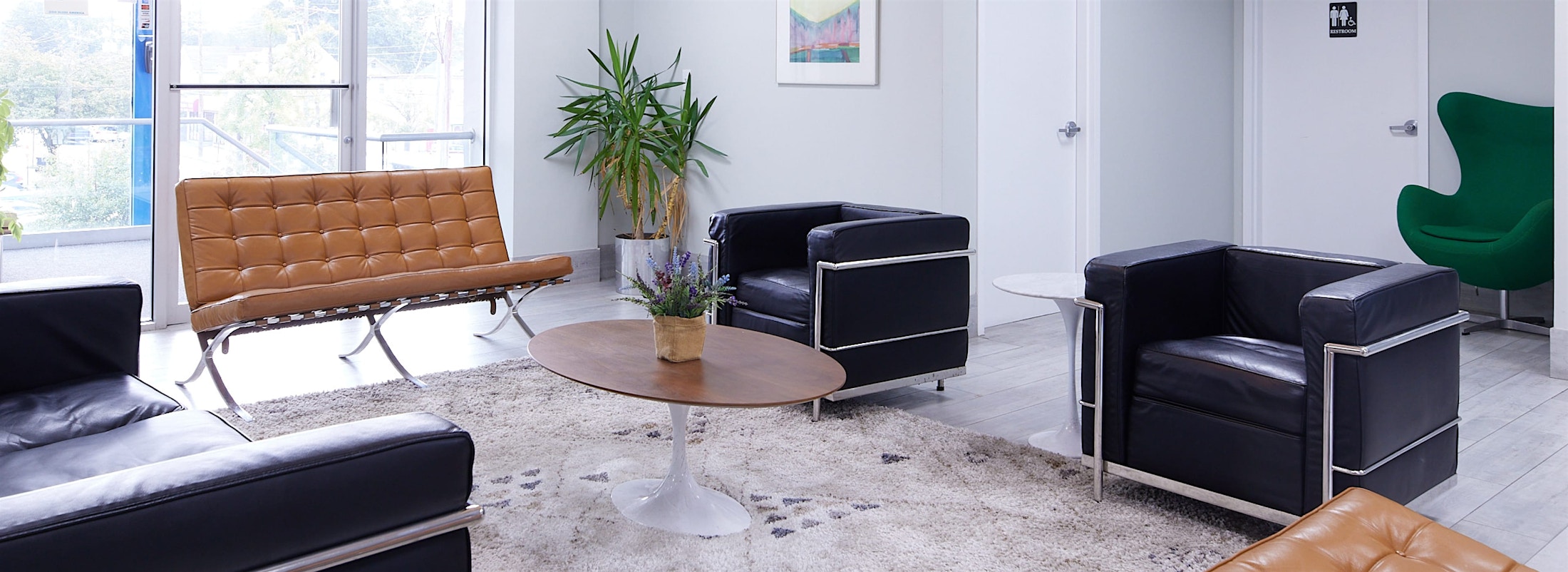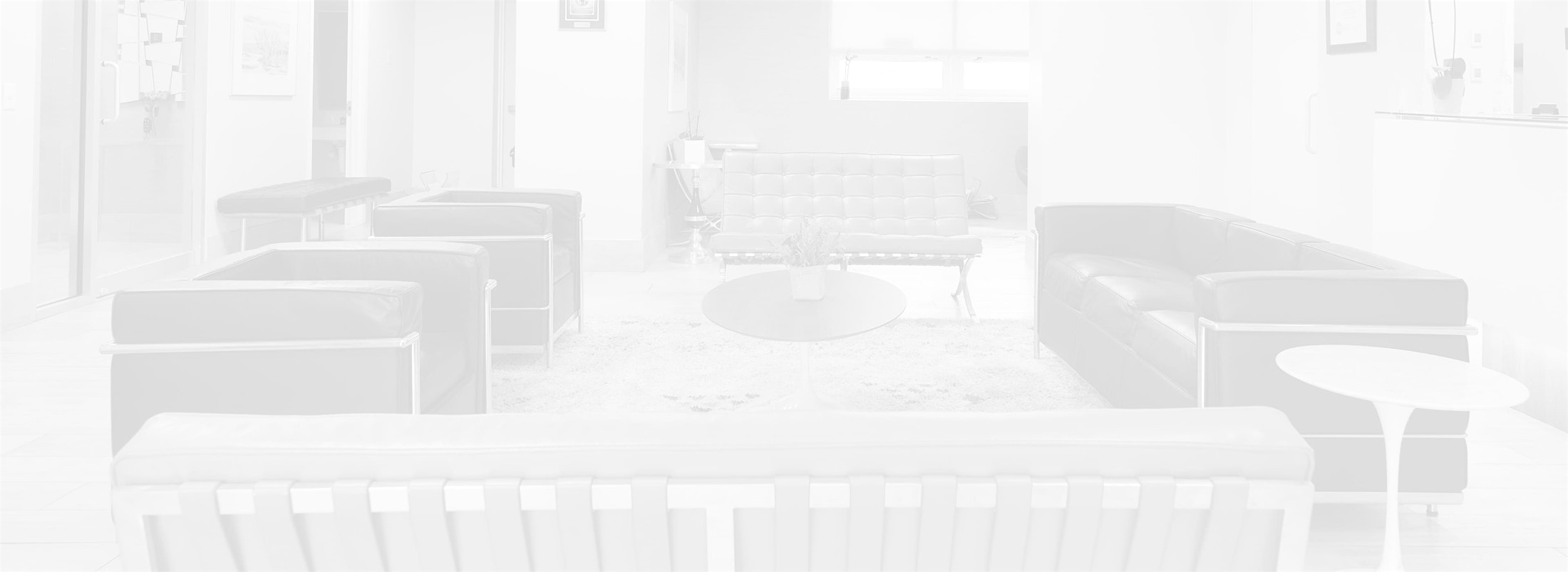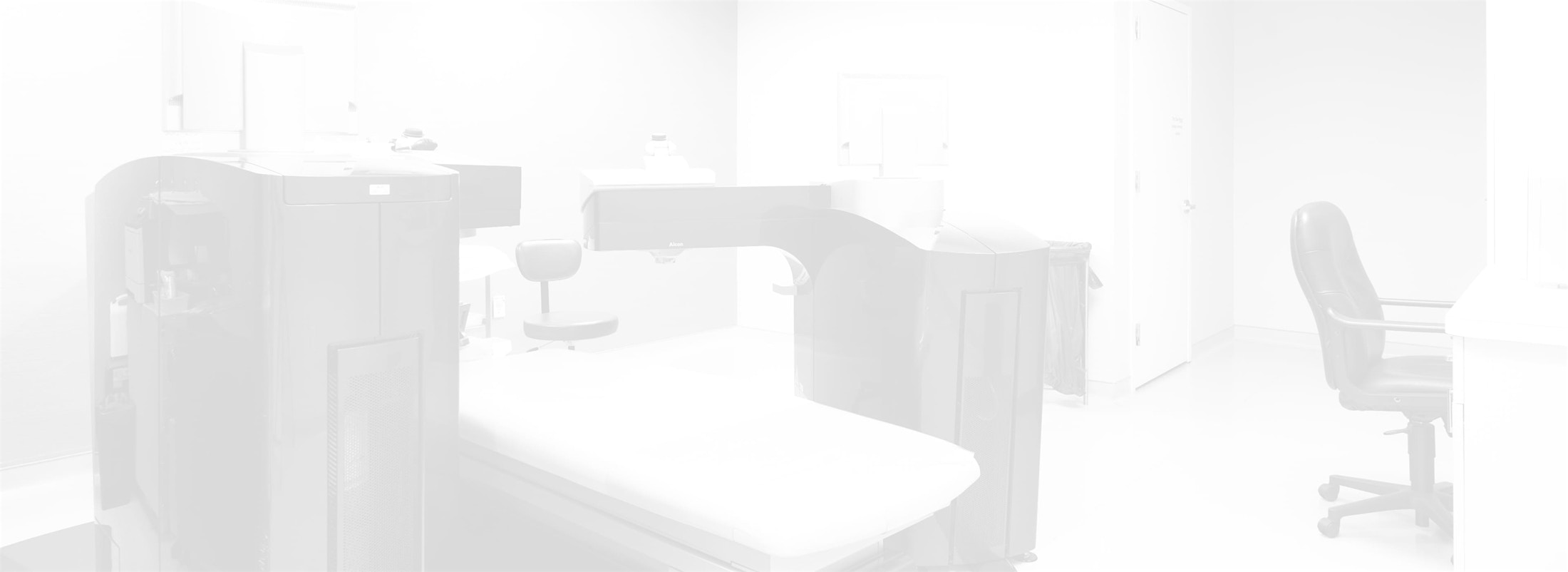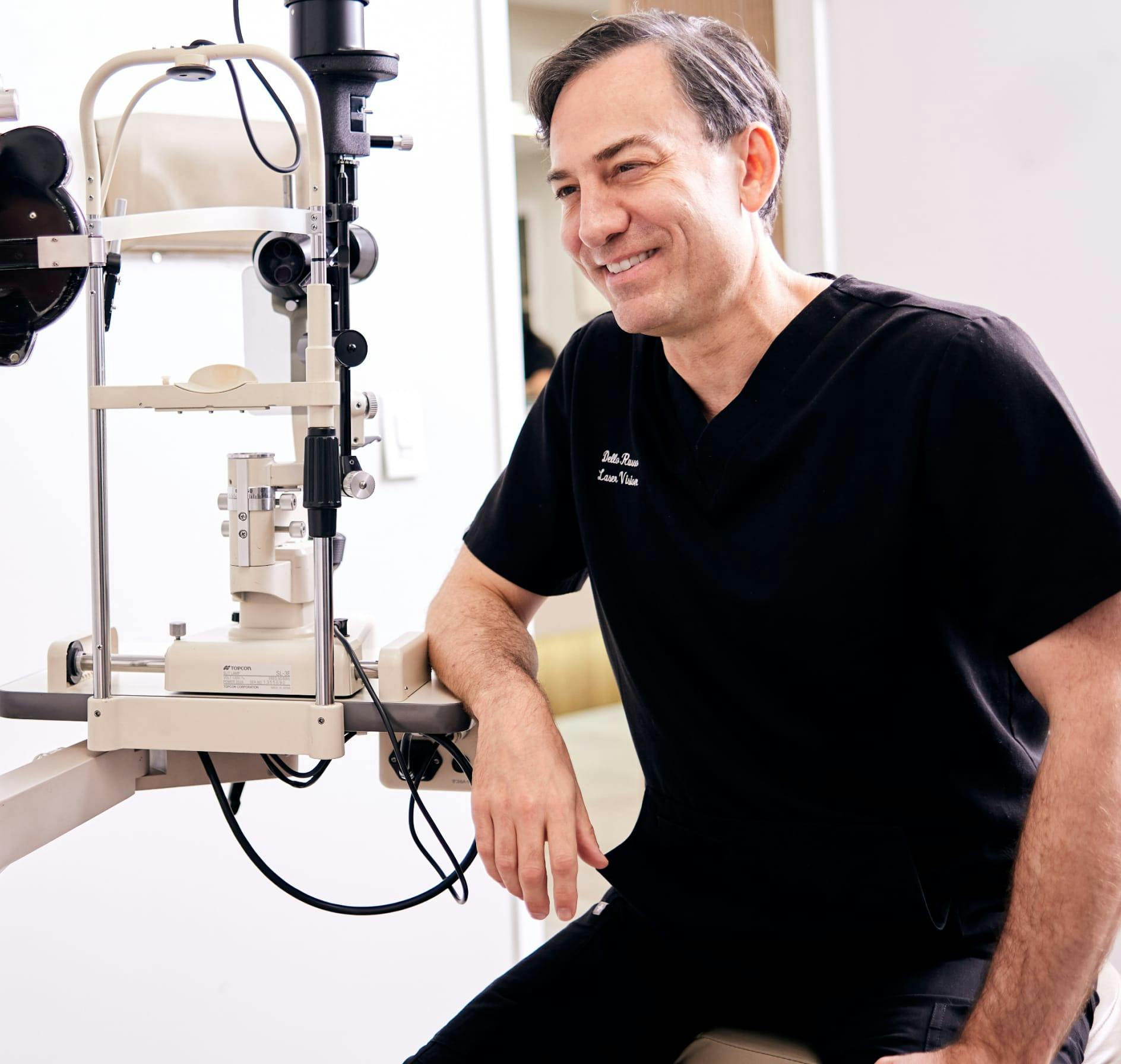5 Minutes After Your Procedure
Looking around after your surgery, you may notice your vision has likely already improved. Your eyesight won’t achieve full correction yet—if you don’t feel satisfied with what you see, give it time. At first, your vision may appear blurry, foggy, or hazy, as if you were underwater. This will continue to improve over the next several hours, and symptoms will dissipate as your eyes heal. Your care team will apply clear plastic shields over your eyes to protect them. In preparation, you should have arranged for someone to drive you home, but we recommend you wear sunglasses outdoors anyway to protect your eyes.
30 Minutes After Your Procedure
The anesthesia will wear off around the 30-minute mark, meaning you may feel some mild discomfort. Your eyes may begin to itch or burn, so it’s important to rest them now. Try napping if possible, or lie down in a dim room and rest your eyes for 2-4 hours. Keep the shields on your eyes to protect your corneas, which are still very delicate. Your doctor will give you instructions about pain relievers if you need them. We also recommend avoiding all screens for a few hours, and you shouldn’t look at your phone, computer, or TV. Relax, and take that technology break you’ve been meaning to.
4 Hours After Your Procedure
After getting up from resting your eyes, you might notice the itching or burning sensations have subsided. Your vision will likely have improved even more in this time, although your eyes will still be sensitive to light and may feel dry or as though there’s something in them. Keep your eye shields on so you do not rub your eyes. Follow your doctor’s instructions regarding eye drops during your LASIK recovery to help your eyes heal properly and keep them lubricated. Rest your eyes whenever they feel tired or if they start to feel extra itchy or sensitive.
24 Hours After Your Procedure
You may have other mild symptoms, which will begin to resolve during your LASIK recovery time. Common symptoms may include halos, glare, teary eyes, puffy eyelids, red eyes, or minor red bruises on the whites of your eyes. These are all temporary side effects of the surgery and should subside over time. Your vision will continue to improve as your eyes heal, but you may have fluctuations in your sight during this time. Though this is perfectly normal, keeping your eye surgeon updated about changes in your vision is always a good idea, particularly in the first day or two following your procedure. Contact your doctor if you experience any discomfort beyond what is manageable with over-the-counter pain relievers.
Day 1 or 2 After Your Procedure
You’ll see your doctor for a post-operative checkup appointment within a day or two of your surgery. During this appointment, the doctor will check to see how your eyes are healing by conducting an eye exam. They may also ask you questions about your vision and how your eyes feel. At this appointment, your doctor will likely clear you to drive; remember, we don’t recommend driving until your doctor says it’s okay. Seeing well and driving at night may take a little longer. You can shower at this point in your LASIK recovery, but keep soap, shampoo, and any other substances out of your eyes. In most cases, you can return to work and regular activities as soon as the day following your procedure.
Up to Day 5 After Your Procedure
We recommend continuing to wear your eye shields anytime you sleep for the next 4-5 days following surgery or as directed by your doctor. This ensures that during your LASIK surgery recovery, you won’t rub your eyes in your sleep or get anything in them that could irritate your healing corneas.
Up to 1 Week After Your Procedure
Your doctor will prescribe eye drops following surgery to help prevent infection and inflammation. Use them as frequently as directed to ensure proper healing. Continue to rest your eyes if you notice they feel tired, strained, or begin to itch or burn. During your LASIK recovery time, avoiding any damage to your corneal flaps as they heal is critical—this means being careful about anything touching or going into your eyes. As such, for the first week following surgery, you should avoid: Wearing eye makeup or lotion around the eyes, dust, dirt, sand, smoke getting in your eyes, yard or garden work, and public gyms.
Up to 2 Weeks After Your Procedure
You can now exercise, including at the gym. Wear sports goggles and be extremely careful if you participate in any contact sport or activity that may cause materials to fly around or hit your eye. At the two-week mark, you should be able to begin using eye makeup and lotions or creams around your eyes. You will still need to be extra careful to avoid rubbing your eyes so your corneas can heal correctly. Use the eye drops recommended by your doctor to help keep your eyes lubricated if they get dry or itchy, and consider wearing sunglasses or eye protection if you’re struggling to remember not to rub your eyes.
Up to 1 Month After Your Procedure
You may now swim in most bodies of water, such as a pool, hot tub, lake, river, or ocean, though goggles are recommended to protect your eyes and help you remember not to rub them. Sometimes, your doctor may ask you to wait until the two-month mark. Always follow your doctor’s instructions to ensure proper healing and optimal results. Up until the one-month mark, be extra careful when: carrying small children or pets, doing yard work or gardening, and participating in contact sports or other activities that risk physical contact with your eyes. It’s crucial to attend eye care appointments recommended by your surgeon and to follow all doctor’s instructions carefully. Even if your vision seems fully improved, and you’re not experiencing any side effects, your corneas are still healing. The surgeon’s instructions will help your eyes heal correctly, giving you the best results for your vision.
Up to 6 Months After Your Procedure
Your eyes are not quite fully healed, so you should still use caution in certain situations. Driving at night may be difficult due to halos or glare, and your eyes may still be dry or light-sensitive. You may also experience some continued fluctuations in your vision during this time. Keep your doctor updated about any vision changes or concerns you may have, just to be safe.
Up to 1 Year After Your Procedure
You may still experience light sensitivity or dry eyes. Wear sunglasses to protect your eyes outdoors, and keep lubricating eye drops on hand. Attend all appointments recommended by your surgeon so they can track your healing progress.






